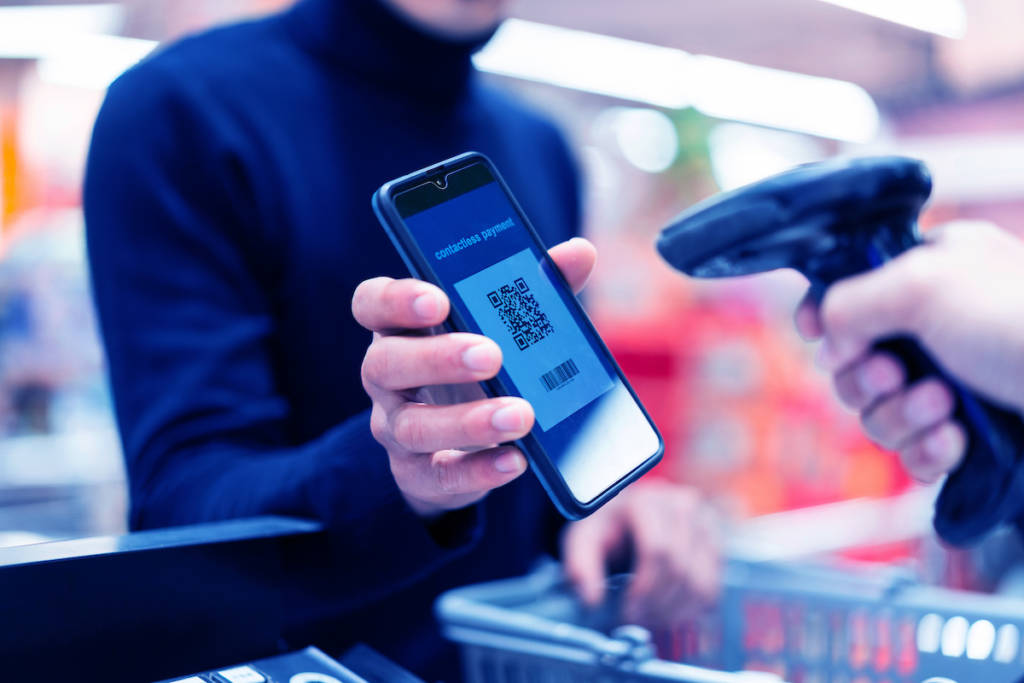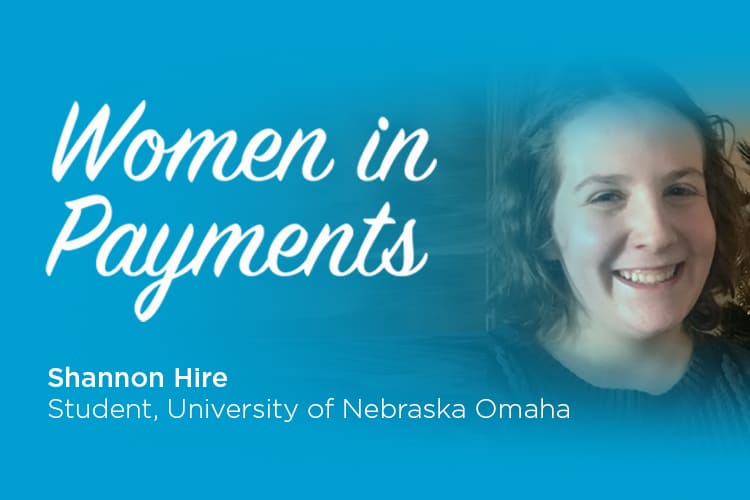We had a chance to catch up with Amala Duggirala, executive vice president of Application Development at ACI and sponsor for the program, about the Coding for Girls initiative and how women of all ages can get more involved in payments—and more broadly, in the tech field.
- Amala, tell us a little more about why you started ‘ACI Coding for Girls?’
I served as a sponsor for the event, but all the credit goes to our Sampy Gajre for the inception and execution of the idea, which included recruiting and organizing many capable volunteers. Under the umbrella of ACI’s Women in Payments (WIP) program that our Carolyn Homberger started, this initiative expands the WIP outreach to younger girls and gives them wide exposure to coding. The program educates girls about the breadth of things they can do within the technology field.
Today, coding is a ‘pivotal’ language and its relevance will only grow in the future. However, statistics show that interest in Computer Science ebbs over time, with the biggest drop off happening between the ages of 13 and 17.
Exposing girls to the expanse of technology and coding at a younger age will enable them to think broadly about the options available to them—and help young women to avoid preconceived notions of the field. It was amazing and rewarding to watch the inquisitiveness that the girls exhibited in the classroom. There is still so much more we can do with this program to have an impact on this generation and those to come.
-
As someone who’s been recognized among the most influential women in payments, what are your thoughts on the current state of industry when it comes to opportunities—both for younger women starting out and for established women looking to grow?
I believe young women have several avenues to excel in tech, but the problem lies in the methods of teaching and the aura of complexity and ‘masculinity’ that surrounds it. Personally, I was exposed to only 5 percent of the options my daughter has today—but we need to do a lot more work with regard to the style of teaching coding to girls. It is vital that we create an exciting, stimulating environment with innovative methods to teach STEM. I think with better marketing and a more interactive approach, the stigma associated with women in tech will lessen. My advice is to dive head first into the field, and never back away from any opportunity out of fear. Established professional women need strong sponsorship or mentorship to learn tactics to create opportunities for themselves. All women need to clearly express the unique perspectives they bring to the technology.
-
How can young women get involved with coding and prepare for a future career—not just in payments and fintech, but across the technology sphere?
There is a widespread belief that coding is limited to apps and websites, but it is important for young women to understand the breadth of the field. Technology expands from fashion to business to medicine, and no matter what your interests are, coding and realizing the technology is integral to nearly all businesses. I encourage young women to look beyond the exterior of any field to uncover the science behind it; that approach will take one far in their career. I also encourage young women to experiment with creating websites or developing apps, because that type of practical learning is invaluable. There are myriad opportunities—from STEM programs in schools, to summer camps, to online classes—young women should start there and see where their interests take them.




